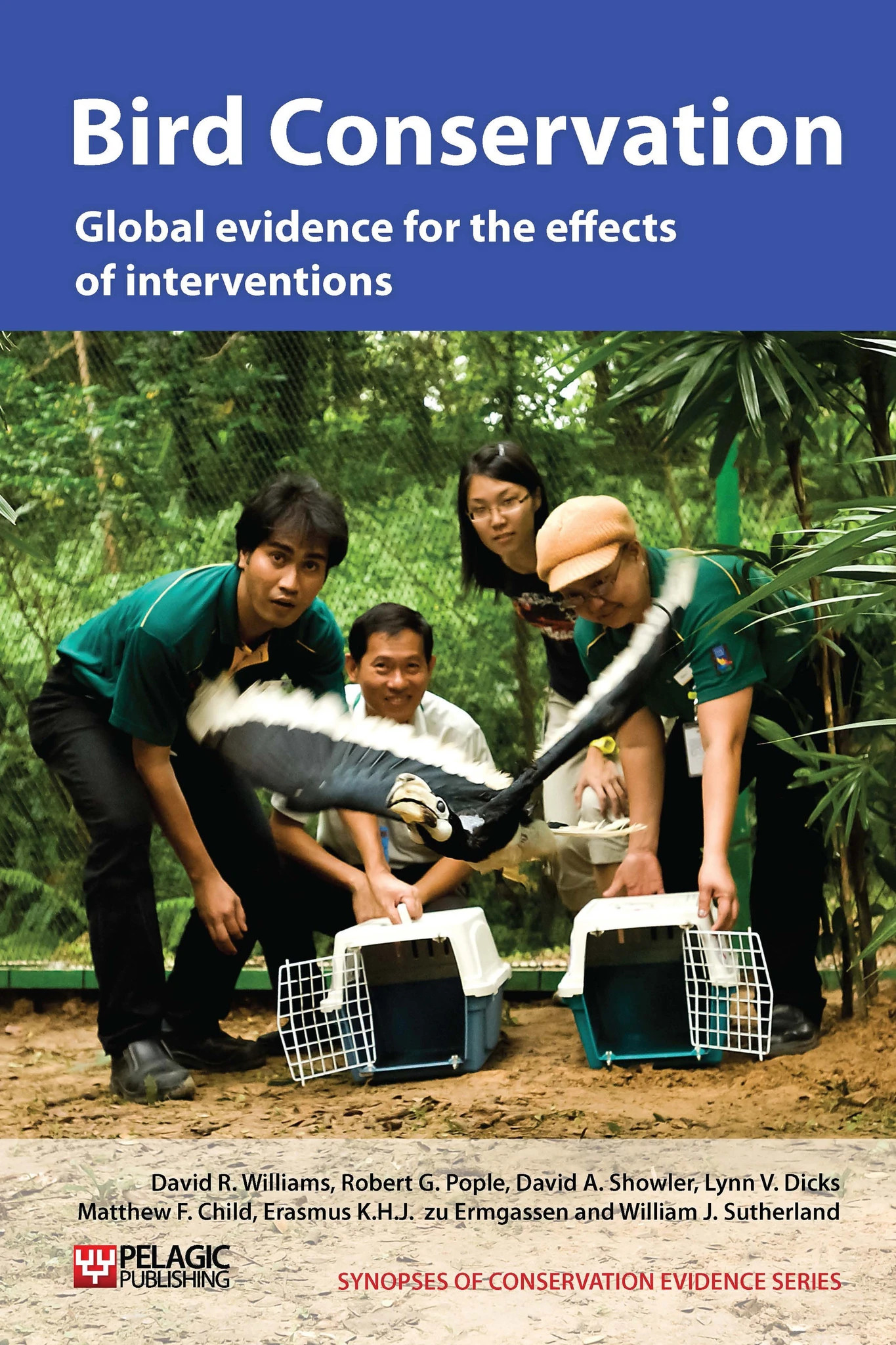Release captive-bred individuals into the wild to restore or augment wild populations of storks and ibises
-
Overall effectiveness category Unknown effectiveness (limited evidence)
-
Number of studies: 2
View assessment score
Hide assessment score
How is the evidence assessed?
-
Effectiveness
20% -
Certainty
20% -
Harms
2%
Study locations
Supporting evidence from individual studies
A replicated study in southeast Turkey in 1977-88 (Akçakaya 1990) found that northern bald ibis Geronticus eremita bred or kept in captivity did not increase the Turkish population. From 1981-88, 67 individuals were released and 12 (18%) migrated with the wild population (note: this excludes 1984, 1986 and 1987, for which data were not available). There was high winter mortality among birds that did not migrate and also high mortality on migration. The wild population in the study area declined over the study period, with five pairs in 1986, seven in 1987 and only four birds returning in 1988. This study is also described in ‘Use captive breeding to increase or maintain populations’ and ‘Provide artificial nesting sites’.
Study and other actions testedA 2007 review of northern bald ibis (waldrapp) Geronticus eremita conservation (Bowden et al. 2007) found varying success in release programmes, dependent on the techniques used. Trials in Israel using a variety of techniques (described in ‘Release birds as adults or sub-adults, not juveniles’ and ‘Clip birds’ wings on release’) found that all 56 birds released became emaciated and disorientated and formed poor social bonds. Similarly, the release of 73 birds in Spain between 2004 and 2006 has not resulted in the formation of a stable colony. However, the release of 43 birds in Austria has led to the establishment of a colony in the wild. This study is also discussed in ‘Use captive breeding to increase or maintain populations’, ‘Artificially incubate and hand-rear birds in captivity’, ‘Use holding pens at release sites’, ‘Release birds as adults or sub-adults, not juveniles’, ‘Clip birds’ wings on release’, ‘Use microlites to help birds migrate’ and ‘Foster birds with non-conspecifics’.
Study and other actions tested
Where has this evidence come from?
List of journals searched by synopsis
All the journals searched for all synopses
This Action forms part of the Action Synopsis:
Bird Conservation
Bird Conservation - Published 2013
Bird Synopsis





)_2023.JPG)














